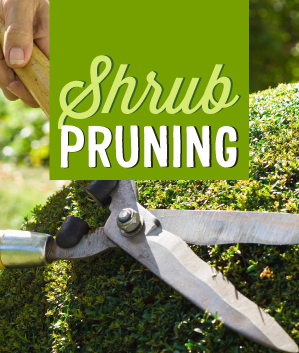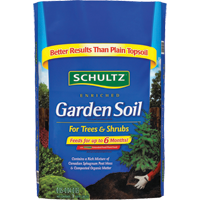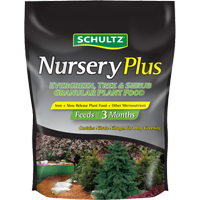
Pruning is a complex subject, and difficult to deal with in a generic overview, since different shrubs have widely ranging pruning requirements. Most shrubs will need to be pruned regularly for a number of reasons. Dead, diseased or damaged limbs of any tree or shrub should be pruned immediately at anytime of year to protect from additional insect or disease damage.
Beyond that, many shrubs may require little or no pruning, especially if the mature size was considered when selecting and placing the plant. Others, though, benefit from occasional pruning, while others will still require a regular program of maintenance pruning. It’s best to ask your nursery professional at the time of purchase what kind of maintenance your plants will need. In general, here are a few pruning tips to help get you started.
When pruning, be sure to keep your hedge shears or pruning clippers as sharp as possible. A dull cutting edge results in frayed, ragged ends that can admit diseases and fungi more readily. Sterilize your clippers after each cut, especially if removing diseased wood, with alcohol or a bleach/water solution. A disinfectant aerosol also works and is easier to carry around than open liquid containers.
When removing side branches, make the cut as close to the main stem as possible. Longer stums will die back, creating inviting entry points for insect and disease.
When pruning a main stem, cut back to an outward facing side stem or leaf bud. This will promote new growth upward and outward, creating a more pleasantly shaped shrub.
Know the blooming season of flowering shrubs before pruning. Some bloom on this season’s wood (usually mid-late summer or fall bloomers) and can be pruned early in the season. Others that bloom on last years wood (usually spring bloomers) should not be pruned until after blooming.
When pruning hedges such as boxwood or yews, allow the lower branches to grow slightly longer than higher ones. This will help the bottom half of the plant get the sunlight it needs for full, dense growth and thus prevent the thinning that often occurs at the bottom of hedges that have been cut too square.
In cold-winter areas, avoid pruning 6-8 weeks before frost. Pruning at this time would stimulate new, tender growth which would be prone to cold damage and winter dieback.











